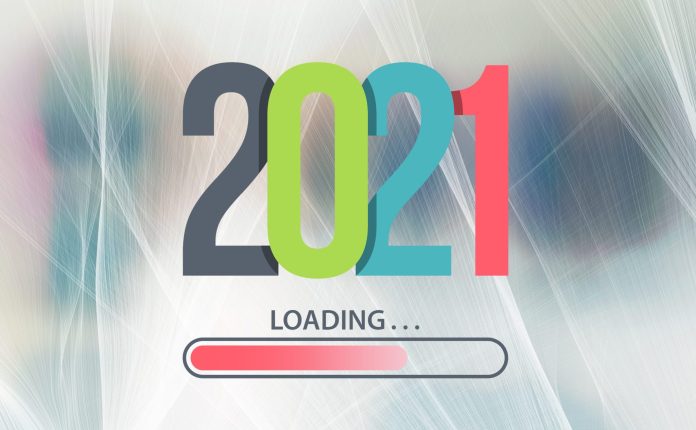Jon Lewis, director of strategy at UK-based smart street lighting company Telensa highlights a dozen tech trends to watch for in the year ahead. Here goes…
1 | The ‘smart city’ becomes a reality
The idea of a smart city has been in the ‘trough of disillusionment’ for some time. But there are signs at last that applications with real value are breaking the constant cycle of pilot-projects-that-never-scale. Street lights connected wirelessly and controlled individually by central software are rightly viewed as the gateway to a wider smart city infrastructure. Rather than offer everything to everybody, vendors in this space are now starting to narrow their wider propositions towards additional IoT applications and services with a clear ROI.
2 | The tech battle in LPWA market
LTE-M and NB-IoT will become mainstream in 2021, and address the low-power wide-area (LPWA) IoT market opportunity using licensed radio spectrum. Relatively high network tariffs will prevent them from becoming a full replacement for private LPWA in big deployments such as for wide-scale street-light connectivity or support for city-wide smart city platforms.

3 | Standards and competition in IoT
Amazon has put more detail into its Sidewalk IoT proposition which is a low-bandwidth, long-range wireless networking protocol using LoRa to create shared connectivity via Amazon Echo hubs. Google had previously promoted open standards such as Thread to accelerate innovation in this part of the market. We can expect increasing activity from Google and Microsoft to ensure that their IoT investments don’t get swamped by Amazon.
4 | Smart home automation picks up
IoT-based smart-home automation will start to become affordable in 2021, and will grow beyond the geeky early adopters – but, prices will remain too high for the masses.
5 | Second-generation IoT upgrades
We will see the first wave of replacements for early commercial IoT deployments such as for legacy M2M or telemetry, and remote monitoring applications. Examples include early connected street-lights, which are only now being upgraded to LED, and ‘drive-by’ smart meters, which will be replaced by fully connected advanced metering infrastructure (AMI).
6 | Quantum-safe IoT encryption
The IoT industry will embrace ‘quantum safe encryption’ and build this cryptography into their products as a means of keeping information assets secure using algorithms that are resistant to attacks by quantum computers. The first quantum cyber hack event will take place in 2021, as a demonstration event.
7 | Local IoT-based grid management
As consumer demand for electric vehicles gathers pace, the electricity grid will feel the strain and localised grid monitoring will become critical.
8 | Platform consolidation, market shake-up
There will be consolidation in the IoT platform market as people gravitate towards the main cloud providers. At the same time, we will see the emergence of standardised semiconductor chip modules with built-in security and device provisioning for strong authentication and secure communication. Device provisioning services have been available from individual vendors but they will become more tied to the cloud vendors.
9 | Monetisation, surveillance, privacy
Models will emerge for how cities commercialise data whilst also enabling innovation. Privacy will be at the heart of some of this. Artificial intelligence (AI) will become pervasive in CCTV cameras but privacy regulation will not keep up. Some countries will roll out wider monitoring of people on the back of Covid-19; other countries will be wary of privacy.
10 | The Apple effect – new UWB applications
Ultra Wideband (UWB) will get a new lease of life in 2021 due to its adoption by Apple, opening up a new set of tracking applications based on its ability to provide highly accurate location fixes.
11 | China and the Huawei loophole
China will develop methods in 2021 that enable Chinese companies to compete globally and avoid sanctions such as those against Huawei. This could involve a mixture of standards and IPR activities as well as key acquisitions.
12 | Energy standard for street lighting
Finally, we predict that discussions start on a European standard for reducing energy consumption in street lights. With street-lighting being one of the major components in total energy consumption in cities this would be a major step forward.

